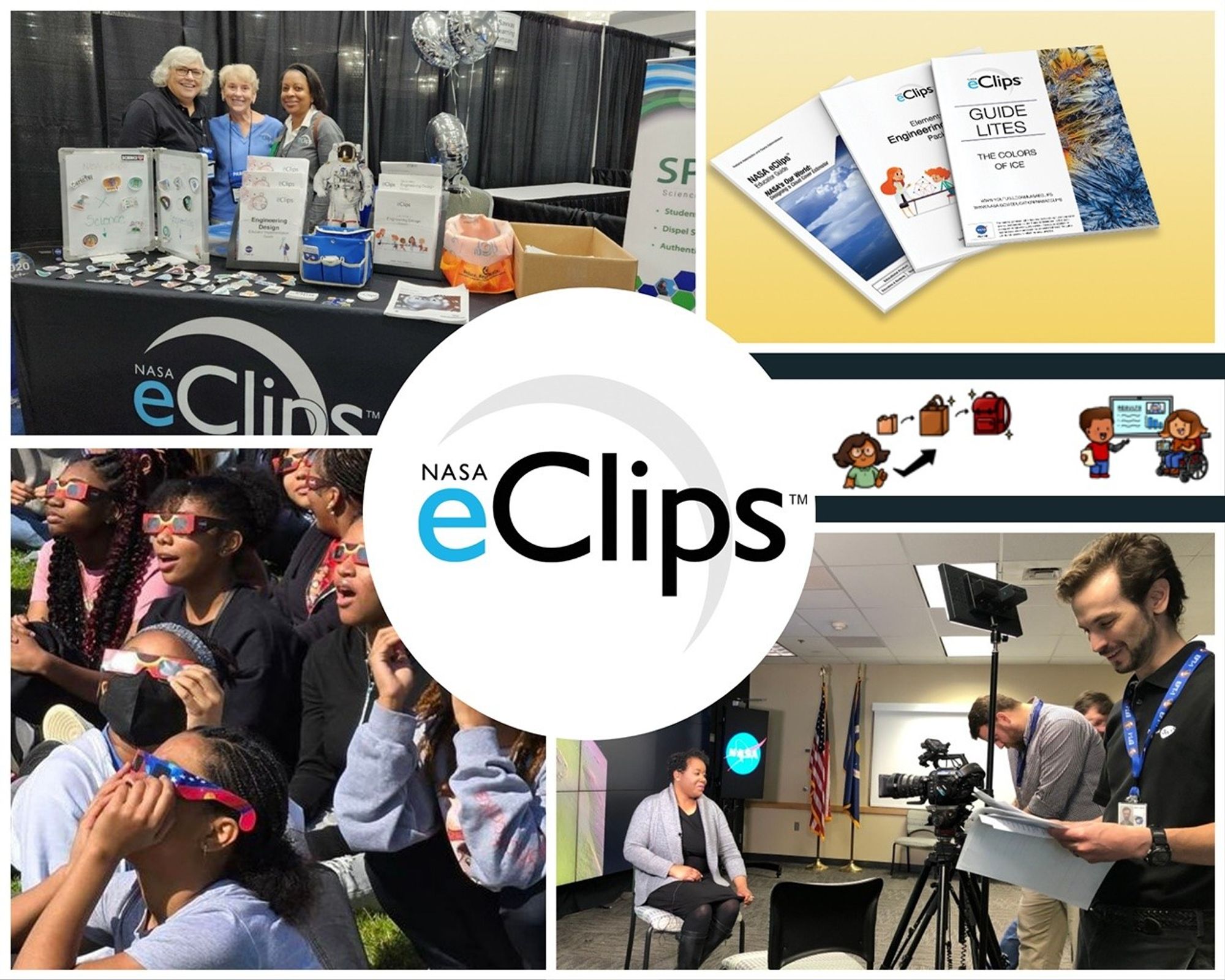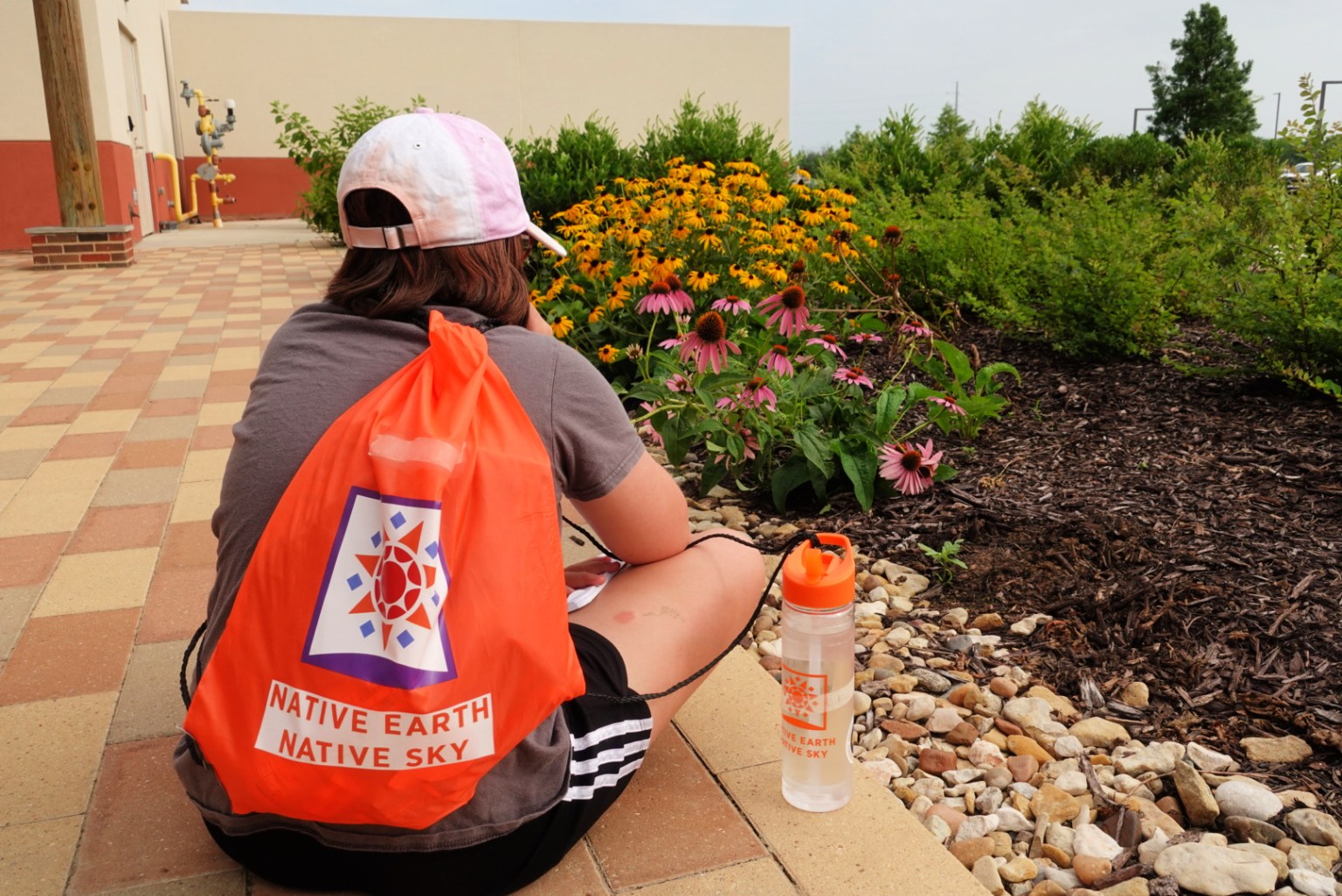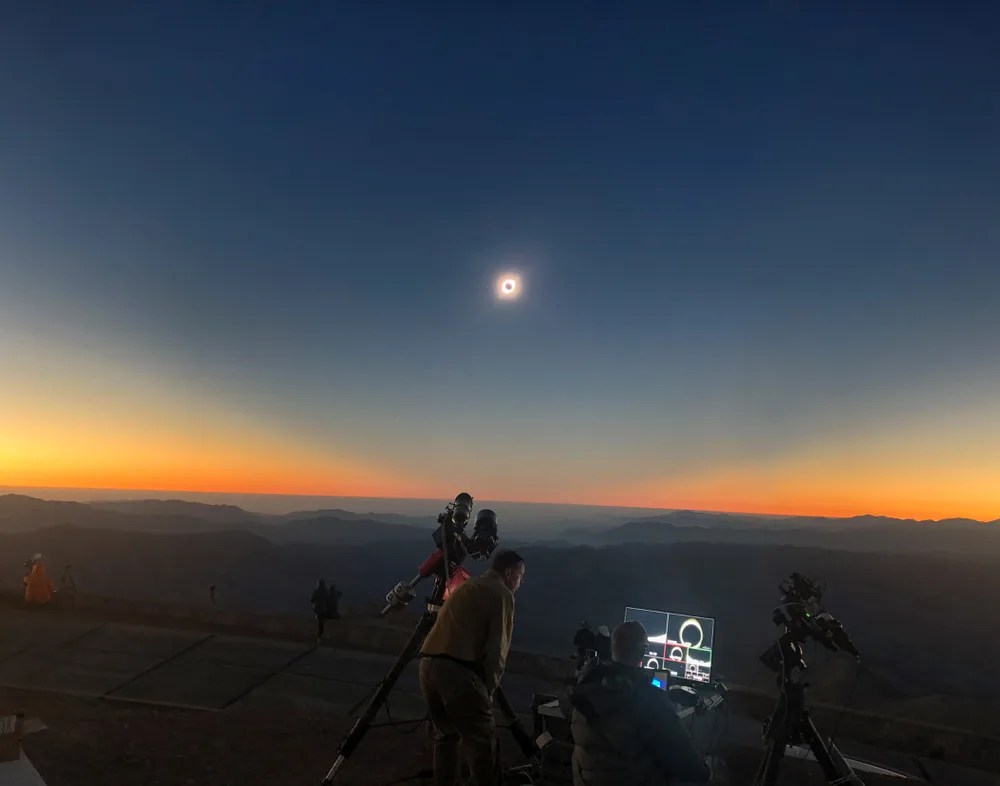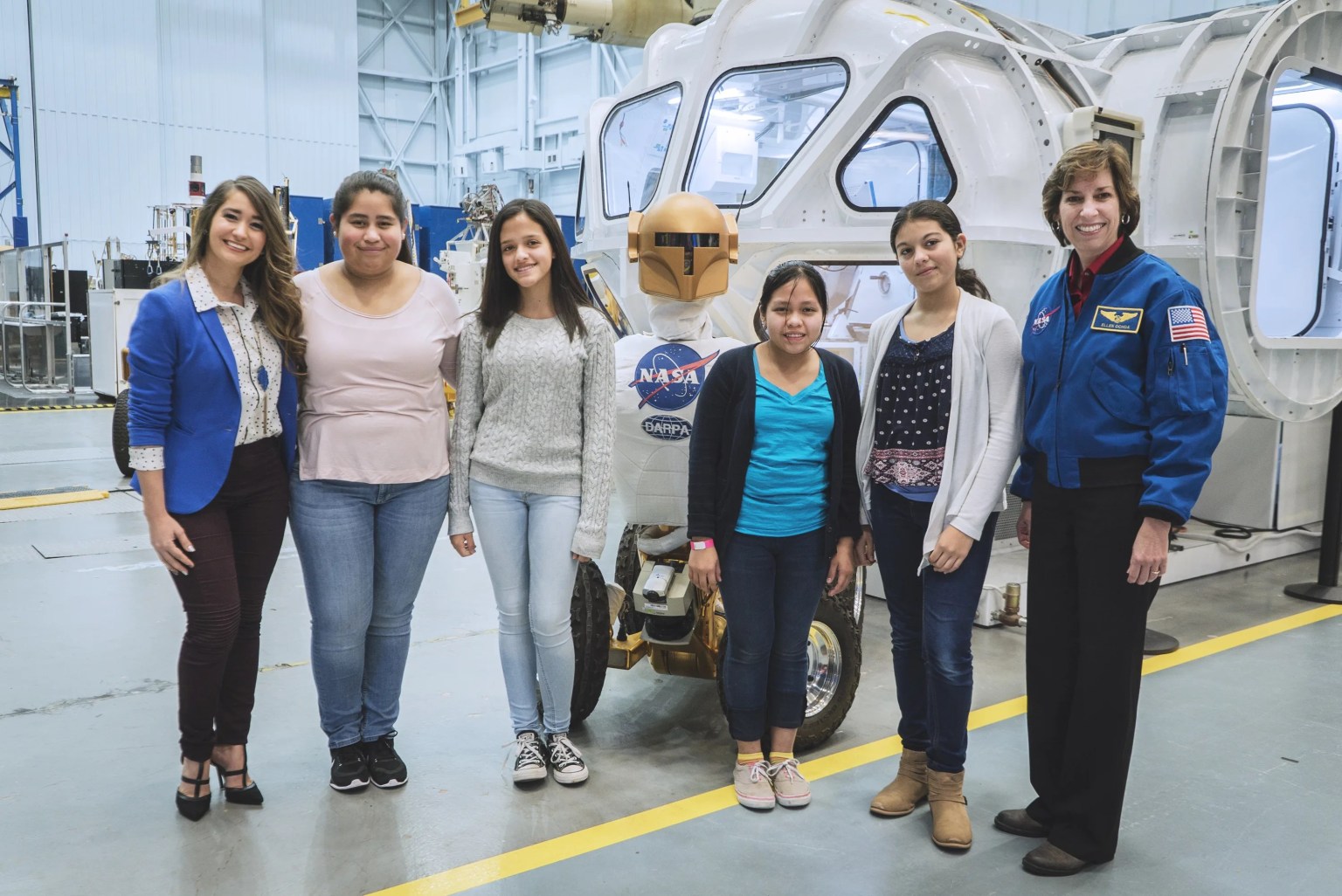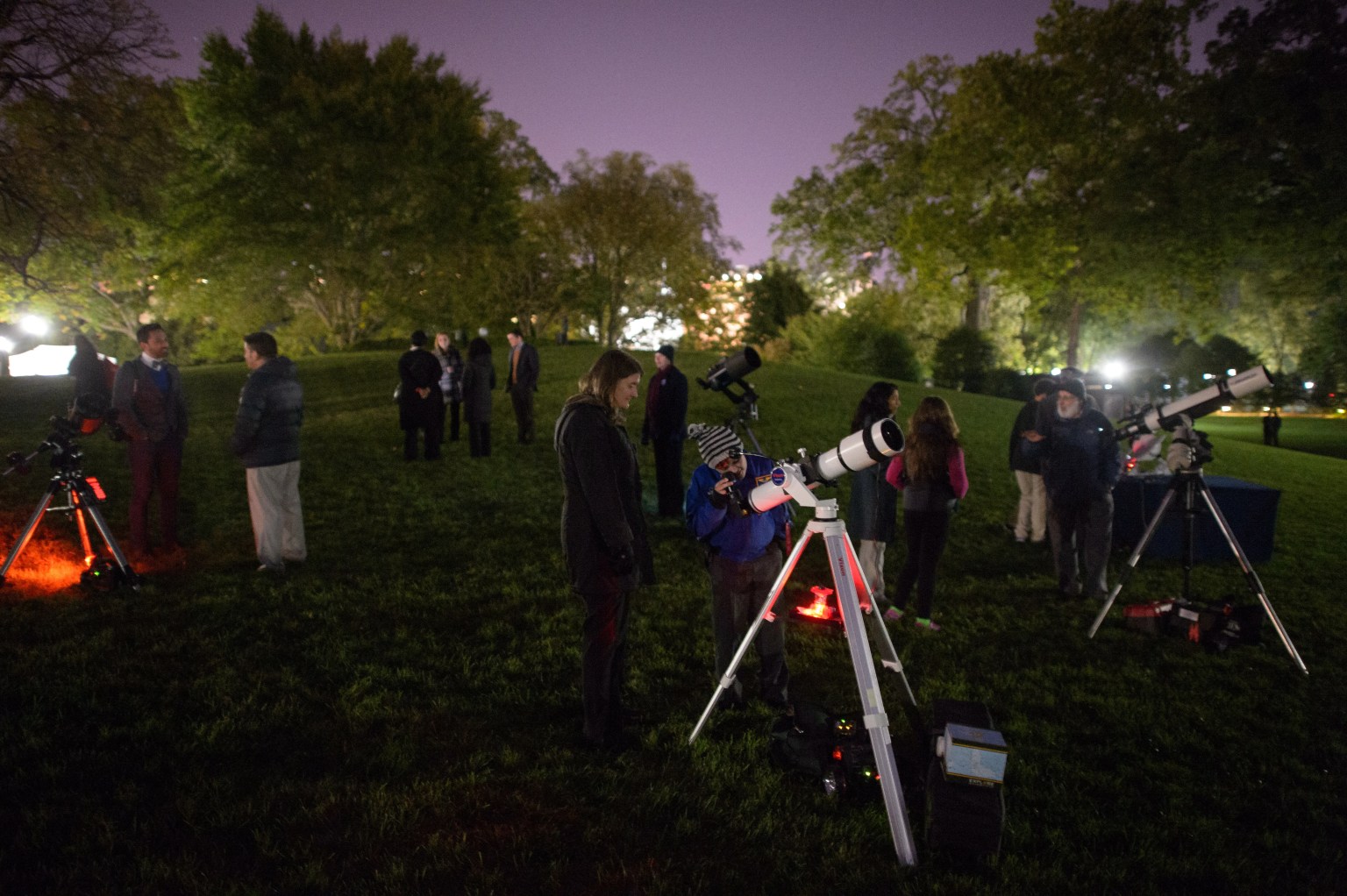NASA eClips
Providing web-based resources to increase STEM literacy and inspire the next generation.
NASA eClips is lead by the Center for Integrative STEM Education at the National Institute of Aerospace. NASA eClips’s mission is to increase STEM literacy and inspire the next generation of engineers and scientists through the lens of NASA by providing effective web-based, standards-aligned, and in-school and out-of-school learning and teaching resources.
Through these efforts, NASA eClips hopes to
- Increase STEM literacy and the proficient use of STEM practices to meet the needs of learners in grades 3-12.
- Develop web-based resources informed by best-practice research for formal and nonformal educators to enable instruction that increases science literacy through confronting identified science misconceptions.
- Collaborate with NASA, other like-minded organizations, and others with unique expertise to provide high-quality STEM resources to educators and learners.
- Design activities for learners to engineer solutions for problems and empower them to ask and answer their own questions through open-ended inquiry.
- Facilitate professional learning experiences for formal and nonformal educators face-to-face and virtually.
- Build sustainable STEM learning ecosystems through collaborative partnerships, outreach, and professional development.
- Introduce learners to NASA STEM careers and authentic opportunities to engage in STEM learning and use effective methods to confront Science misconceptions.





























